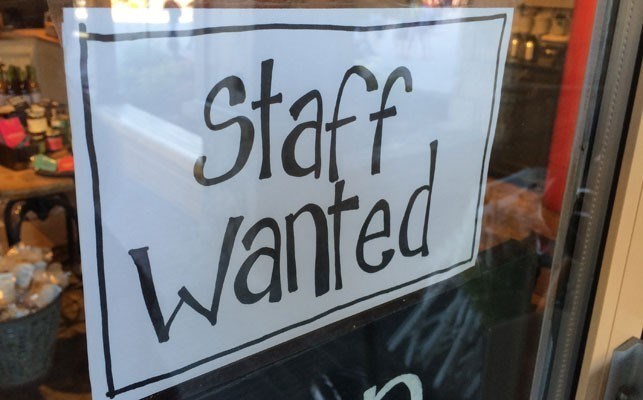With COVID-19 continuing to wreak havoc on B.C.’s tourism industry, the provincial government is funding new research into the industry’s labour needs today and into the future.
The BC Tourism and Hospitality Labour Market Information Research Project kicked off in late January, and will be carried out over 15 months, said Krista Bax, CEO of tourism human resources firm go2HR.
The project will determine what the workforce needs will be as the industry recovers over the next five years, as well as what jobs have been lost or added since the pandemic began, Bax said.
“At a high level, we want to create an employment tracker that helps track that monthly employment so we know how we’re recovering,” she said.
“Because if you’re sort of working in a vacuum, you don’t know where you’re headed as you’re headed there.”
Researchers will also look at workforce supply, Bax said.
The first phase of the project will consider labour forecasts based on different recovery scenarios (ranging in optimism from good to bad) for the next five years, Bax said.
“We’re going to be conducting a survey in the summer: Who has actually come back? What’s their experience? What do they think about the industry going forward? Do they feel that it’s safe, do they feel that it’s secure?” she said.
“It’s sort of that overall perception of, can we rely on the same workers that we did pre pandemic?”
B.C.’s tourism workforce totalled about 300,000 before COVID-19 hit, Bax said, and was effectively cut in half through March and April of last year.
“So a lot of people are wondering what’s going to happen in 2021, what’s going to happen in 2022,” she said.
Though Whistler won’t have direct representation on the research project, the labour question hasn’t escaped the braintrust at Whistler’s municipal hall throughout local recovery planning.
There were many small businesses struggling to find staff at winter’s outset, and anecdotally there are still businesses understaffed, said Joel Chevalier, chair of the Resort Municipality of Whistler’s labour market recovery working group.
Where some larger employers like the Westin and Fairmont were seeing an “inordinate amount of applications,” some of those applications were redirected to smaller employers, Chevalier said.
“So we were able to do some cross-pollination there,” he said.
“There is still a labour shortage, [but] it’s not as pronounced, and there’s a bigger piece of it now that’s about application utilization versus there’s just not enough people.”
Whistler employers have also had success this year in recruiting Canadians from Ontario and Quebec, as ski hills back East were closed due to the pandemic—an opportunity that could continue in the short term, Chevalier said.
“The other opportunity—and I don’t know that this one has been capitalized on yet—is the First Nations recruitment,” he said, adding that pre-pandemic, First Nations people accounted for just two per cent of the workforce (a number that has stayed stagnant).
“I think the opportunity now is for employers to figure out how to engage the Squamish and Lil’wat Nations to be a part of it.”
Access to labour is critical to Whistler’s recovery, and while some sectors have done well with staffing through the pandemic, “there have been gaps in other areas,” said Tourism Whistler president and CEO Barrett Fisher.
“So I think some of this work in really doing forecasting with recovery scenarios, identifying what the needs will be and helping businesses as they do prepare for ramp-up is certainly an important piece of work,” Fisher said.
Visitation to Whistler has predictably been stunted as local COVID-19 cases have skyrocketed in the early months of 2021, with January room nights down 68 per cent year over year, Fisher said.
“We’re hopeful that we might see some relaxing of restrictions in the spring, and so we’re planning for some spring skiing campaigns when the time is right,” she said.
“Otherwise we are hard at work focusing on summer 2021, fall 2021 and even starting to do some work on winter 2021/2022.”
-with files from Brandon Barrett




